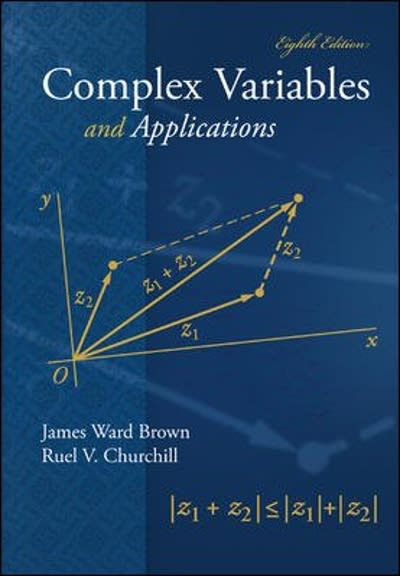Answered step by step
Verified Expert Solution
Question
1 Approved Answer
7.2. A pair of dice is tossed. (See Example 7.2.) Find the number of elements in each event: (a) A = {two numbers are equal}


Step by Step Solution
There are 3 Steps involved in it
Step: 1

Get Instant Access to Expert-Tailored Solutions
See step-by-step solutions with expert insights and AI powered tools for academic success
Step: 2

Step: 3

Ace Your Homework with AI
Get the answers you need in no time with our AI-driven, step-by-step assistance
Get Started


